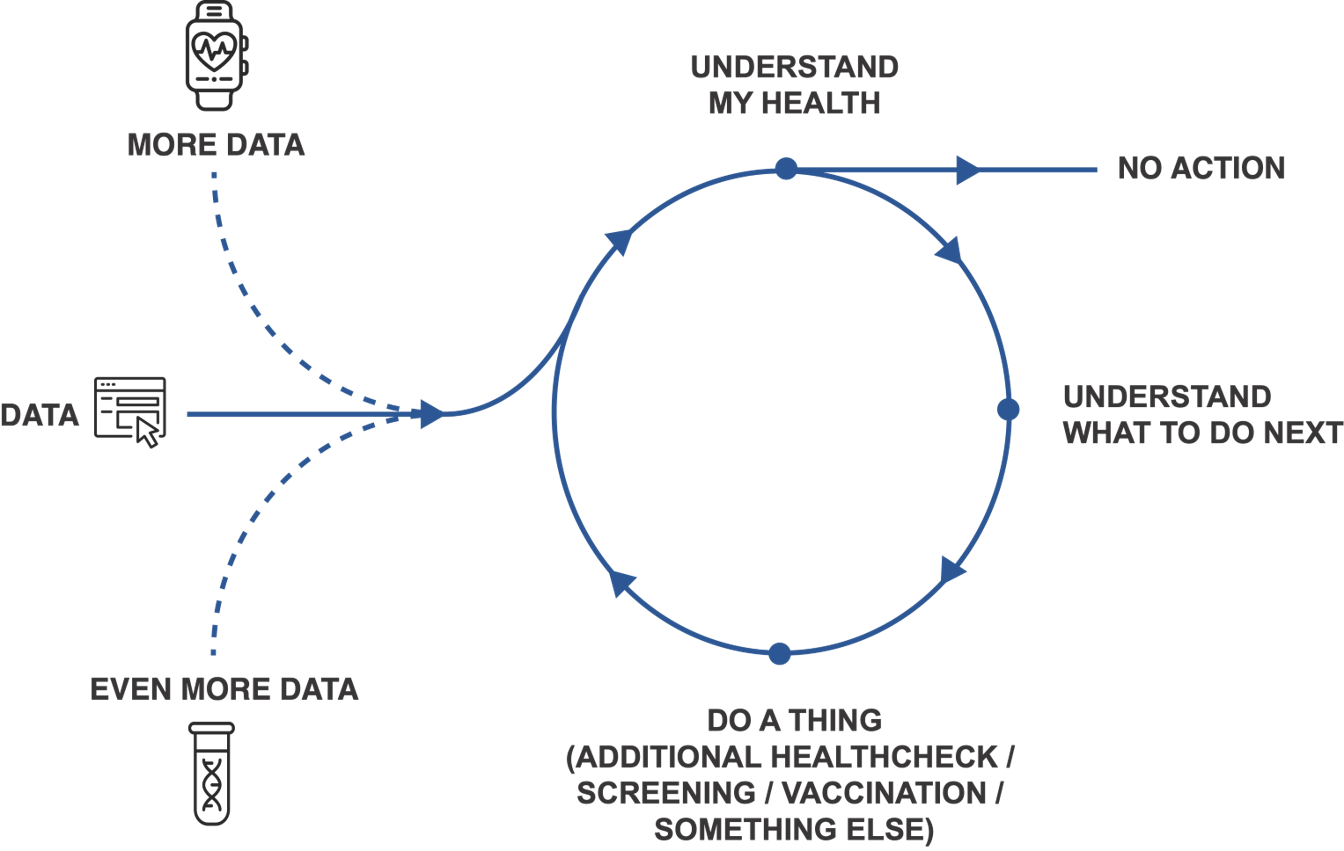Nina Belk, dxw – Improving the transition from policy to delivery with service patterns:
‘Service patterns’ are reusable building blocks that help teams to design services end-to-end and front-to-back, in a coherent and consistent way, making them easier to deliver and use. They are created by analysing existing services and abstracting the common steps and elements that make up those services into building blocks that others can use as a starting point for designing new services.


